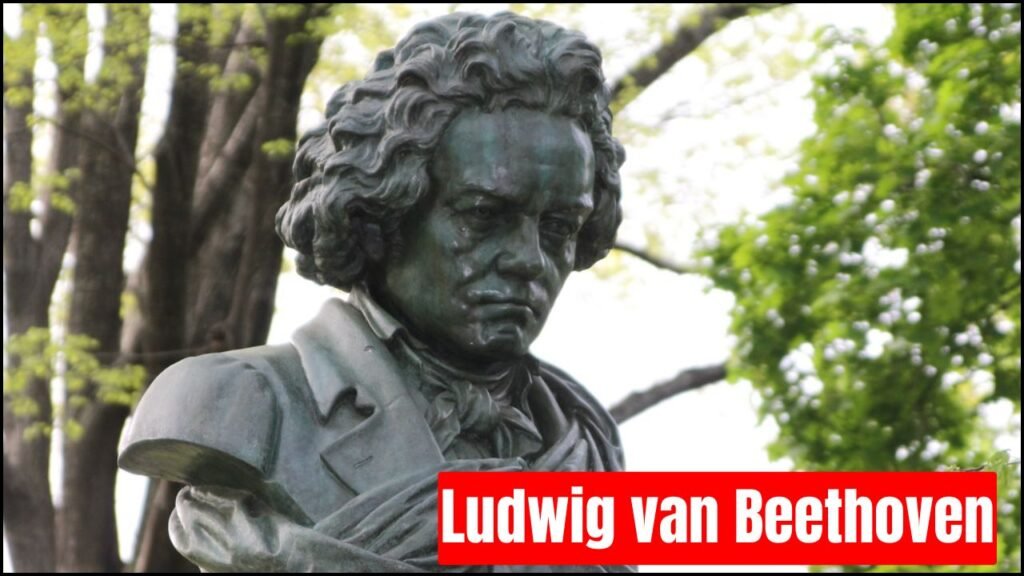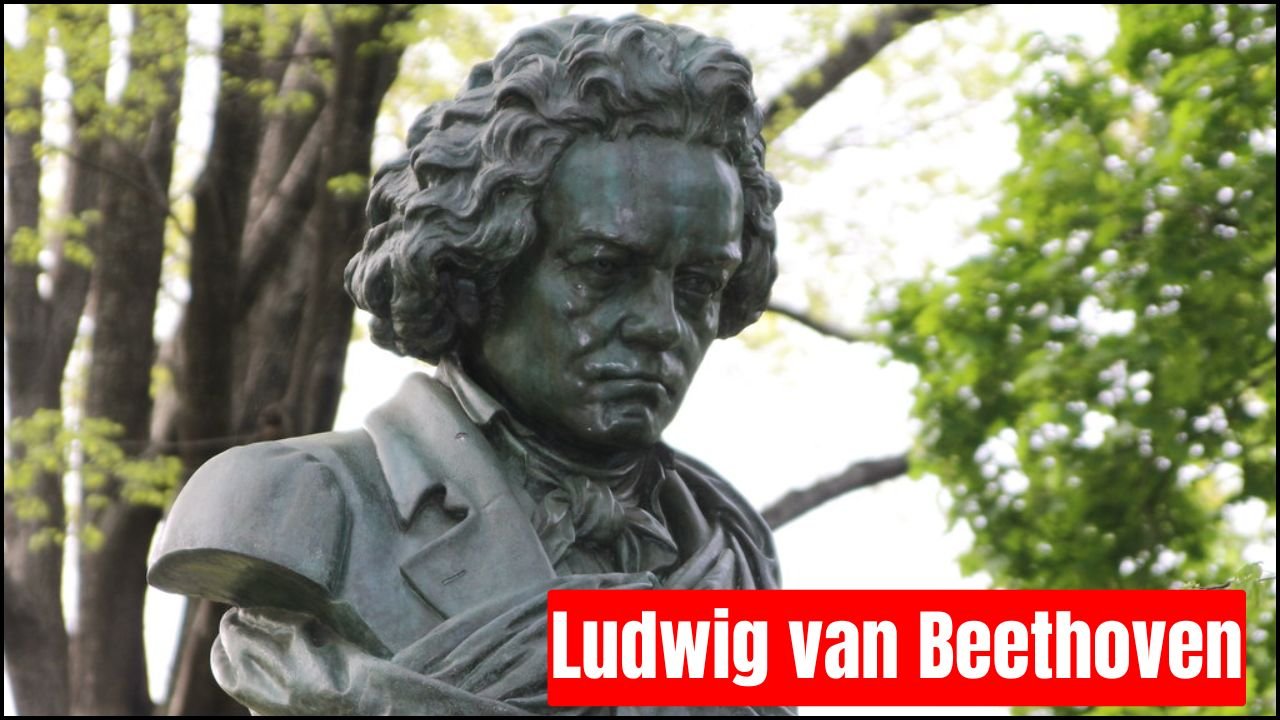
Ludwig van Beethoven, a world-famous German composer, has inspired generations through his music and legacy. In the United States, his presence is honored through several sculptures created by the talented German-American artist Henry Baerer. These statues are not just artworks but also symbols of cultural admiration. Displayed in Central Park and Prospect Park in New York City, and Golden Gate Park in San Francisco, each sculpture reflects Beethoven’s powerful influence on global music. These statues, especially the one in Central Park, hold historical and artistic importance.
Key Details About the Sculptures
- Artist: Henry Baerer, a German-American sculptor
- Subject: Ludwig van Beethoven
- Material: Bronze statues on granite pedestals
- Style: Realistic bust with symbolic figure
- Primary Locations:
- Central Park, New York City
- Prospect Park, Brooklyn, New York
- Golden Gate Park, San Francisco
Sculpture in Central Park
- Unveiling Date: July 22, 1884
- Location: The Mall, Central Park, NYC
- Materials Used:
- Bust of Beethoven in bronze
- Female allegorical figure in bronze
- Pedestal made of polished Barre Granite
- Donated By: German American Choir Society
- Purpose: Tribute to Beethoven’s musical legacy and influence in German-American culture
Symbolism in the Sculpture
- Beethoven’s Bust:
- Shows a serious, focused expression
- Represents genius and inner strength
- Allegorical Female Figure:
- Symbolizes Music or Inspiration
- Sits below the bust, enhancing its meaning
- Barre Granite Pedestal:
- Polished surface adds elegance
- Signifies strength and durability
Locations of Beethoven Sculptures by Henry Baerer
| City | Park | Year Installed | Notable Features |
|---|---|---|---|
| New York City | Central Park | 1884 | Bronze bust, allegorical female, granite pedestal |
| Brooklyn, New York | Prospect Park | Late 19th Century | Similar design, location in Music Grove |
| San Francisco | Golden Gate Park | Unknown | Commemorative sculpture of Beethoven |
Beethoven in Prospect Park
- Park Area: Music Grove in Prospect Park
- Design Similarity: Echoes the Central Park sculpture
- Function: Celebrates the cultural importance of classical music
- Public Engagement: Popular site for reflection and admiration
Beethoven in Golden Gate Park
- Installation Details: Less documented than NYC versions
- Significance: Reflects West Coast admiration for European classical music
- Park Status: One of the oldest and most visited parks in the U.S.
- Public Access: Open to all, part of the city’s artistic heritage
Artistic Components of Central Park Sculpture
| Component | Material | Meaning |
|---|---|---|
| Beethoven Bust | Bronze | Honors the composer’s strength and depth |
| Allegorical Female Figure | Bronze | Represents the spirit of music |
| Pedestal | Barre Granite | Foundation of legacy, symbol of permanence |
| Location (The Mall) | Public park area | Connects sculpture to community and music events |
Beethoven’s Legacy in the Parks
- Cultural Role:
- Bridges art, music, and public space
- Reminds visitors of music’s power in society
- Historical Importance:
- Supported by immigrant communities in 19th-century America
- Demonstrates the value placed on European composers by Americans
- Architectural Harmony:
- Blends well with surroundings
- Enhances the aesthetic of urban parks
- Musical Significance:
- Sculpture positioned in areas with musical events
- Reinforces the connection between place and purpose
Public Engagement and Park Integration
- Community Interaction:
- Tourists and locals often stop to view the statue
- Serves as a peaceful spot for thought and relaxation
- Event Connection:
- Park concerts and musical events often occur nearby
- Sculpture becomes part of a living tribute to music
- Educational Impact:
- Teaches visitors about classical music and history
- Engages schools and music groups during visits
Reasons Why Beethoven Sculptures Remain Relevant
| Reason | Explanation |
|---|---|
| Cultural Memory | Keeps Beethoven’s spirit alive in public consciousness |
| Artistic Value | Combines realism with symbolism in public art |
| Educational Purpose | Inspires interest in classical music and sculpture |
| Community Identity | Reflects pride in immigrant heritage and musical tradition |
Parting Insights
Ludwig van Beethoven’s sculptures by Henry Baerer are more than artistic creations—they are landmarks of cultural pride and musical reverence. Positioned in major parks across the United States, these sculptures continue to inspire visitors, educate the public, and enhance the natural beauty of their surroundings. Each statue tells a story—not just about Beethoven, but about the people who brought his legacy to American soil and ensured it would be remembered by future generations.
Common Concerns
Q1: Why did Henry Baerer choose Beethoven for his sculptures?
Henry Baerer likely selected Beethoven because of the composer’s universal fame, emotional music, and influence on Western culture. As a German-American, Baerer also felt a cultural connection to Beethoven.
Q2: Why are there multiple sculptures of the same design?
The design was highly appreciated, and different communities wanted to honor Beethoven similarly. The repetition shows how beloved the composer was across different cities.
Q3: What makes the Central Park sculpture unique?
The inclusion of the allegorical female figure beneath the bust makes it more than a simple portrait. It becomes a symbol of music’s beauty and emotional depth.
Q4: Who funded the Central Park Beethoven statue?
The German American Choir Society donated it to honor their musical heritage and share their culture with the American public.










